Ceramic Tile
Property
Finishes
Glazed/ unglazed/ plain/ decorated
Glazed tiles have a glassy surface of ceramic material fused upon their surface to give them decorative appearance and to make super impervious to moisture. There is a different degree of glaze, depending on the purpose of the tile. Soft glaze may be satisfactory in a purely decorative use, whereas the hard, dull glaze is necessary when they’re subjected to heavy traffic.
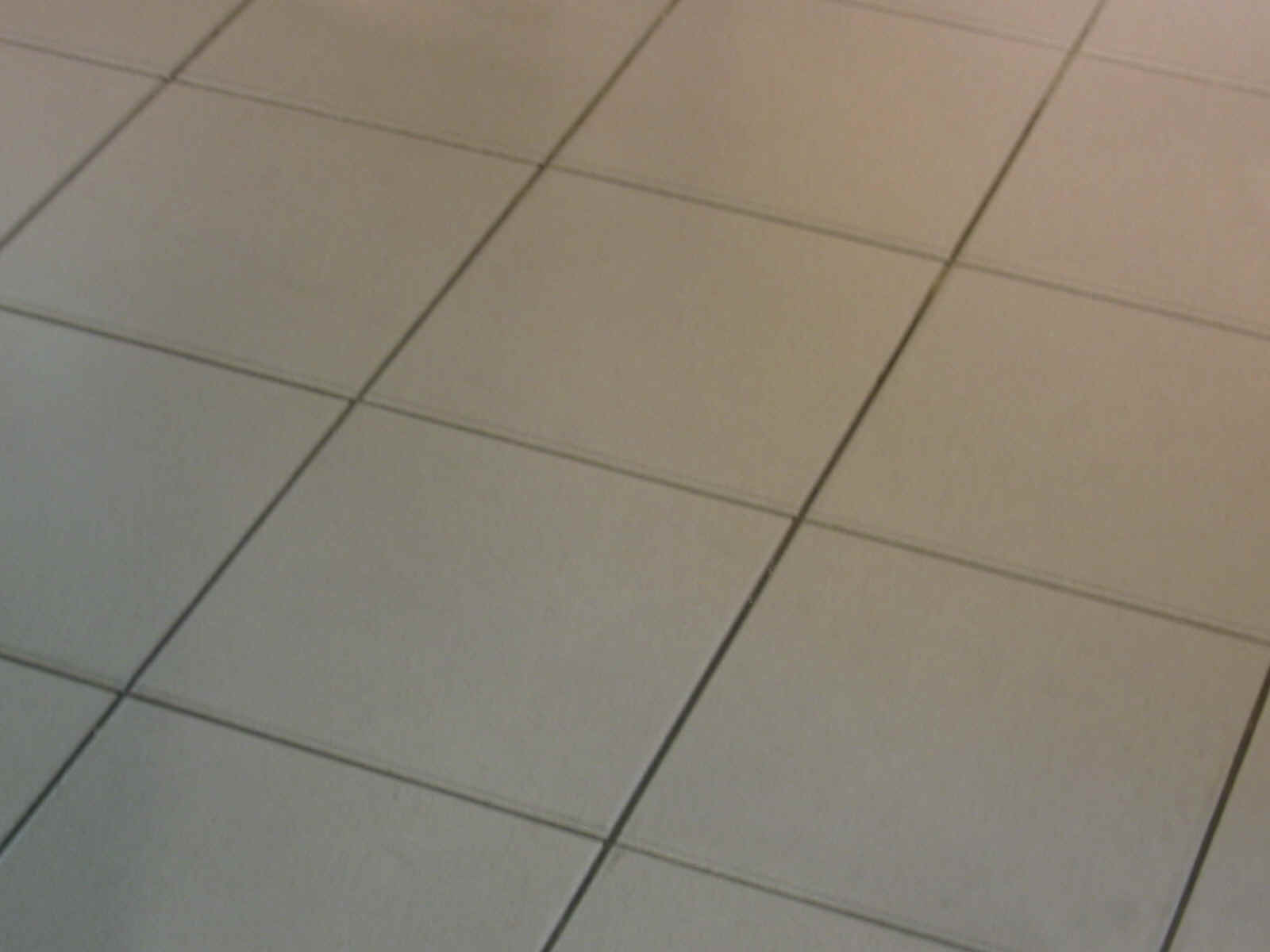
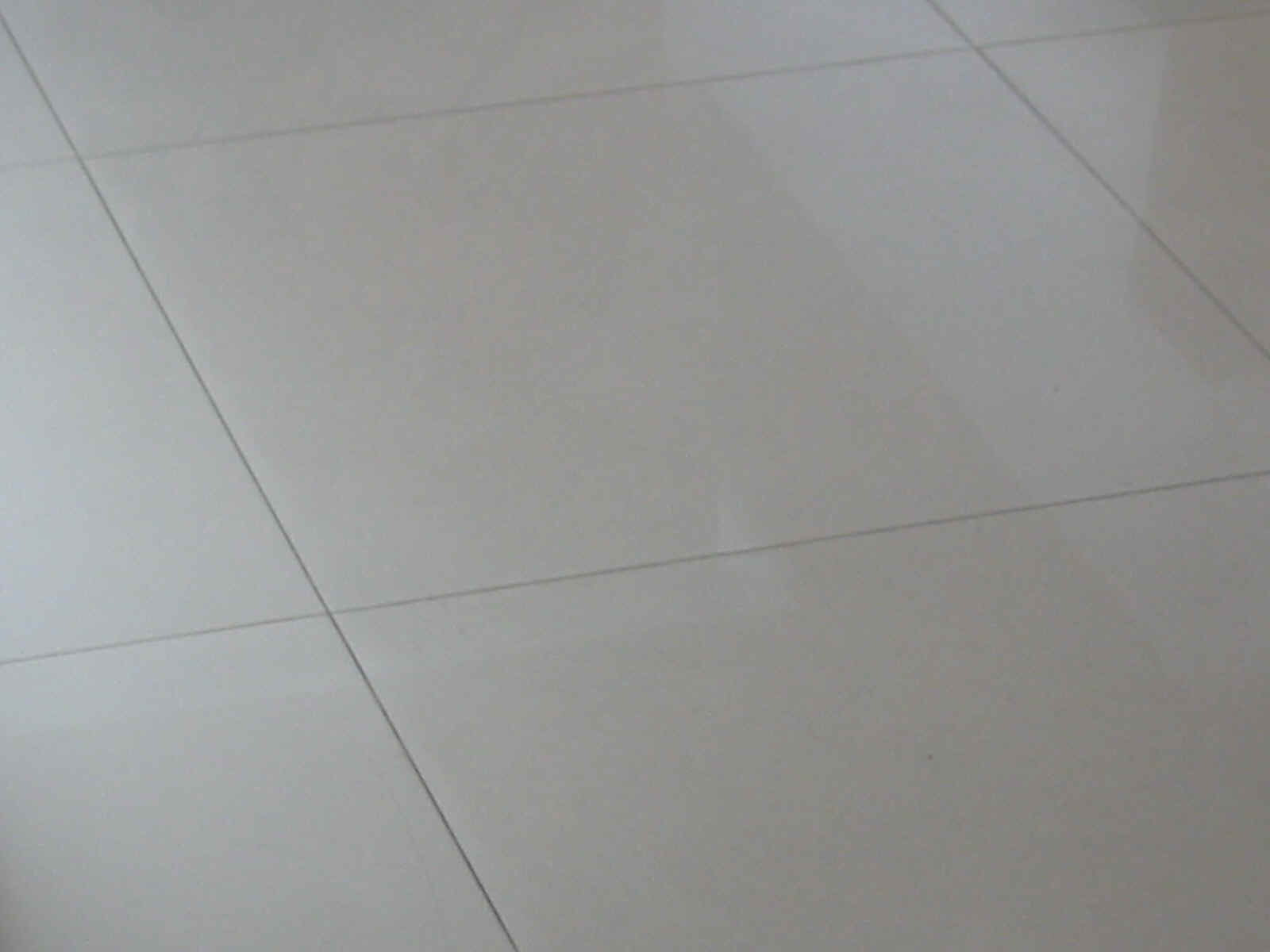
Constituents
For Non-vitreous tiles, clay usually constitutes about 50% to 60% of mixture, flint about 30% to 35%, feldspar about 10% to 15%. Some tiles incorporate talc or pyrophyllite [15].
Process of Manufacturing
As stated in SS 483:2000 Section 3.5 and 3.6
- Extruded tiles (Group A): tiles whose body is shaped in the plastic state in an extruder, the column obtained being cut into tiles of predetermined dimension (also known as quarry tiles: water absorption = 6%; or split tiles, precision or natural tiles).
- Dry pressed tiles (Group B): tiles formed a finely milled body mixture and shape in moulds at high pressure.
- Other processes (Group C): not specified under International Standard.
Vitrification

- Non-vitreous tiles: a degree of density that permits the moisture absorption of more than 7% of the weight, but does not prevent the product from having high degree of strength. The moisture absorption of non vitreous tiles facilitates installation because of their ready adherence to mortar. This type of tile is best used indoor where it will come in contact with little or no moisture.
- Semi-vitreous tiles: have a degree of density that permits the moisture absorption of 3 to 7% of the weight. It’s not recommended for outdoor use as well, because of its moisture absorptive.
- Vitreous tiles: have moisture absorption of 0.5 to 3% and a body density which prevents any penetration of dirt that cannot be easily removed. This is the ideal choice for almost every type of installation, includes flooring.
- Impervious tiles: are the hardest. Their moisture absorption is less than 0.5% and have readily cleansed of stains and dirt. Few tiles have this degree of vitrification, and usually they are manufactured by special order. This type is ideal for hospital and clean rooms.
Colour Permanence
While most colored materials will be altered by long exposure to light, colors in ceramic tiles are unaffected and will not change or fade from exposure.
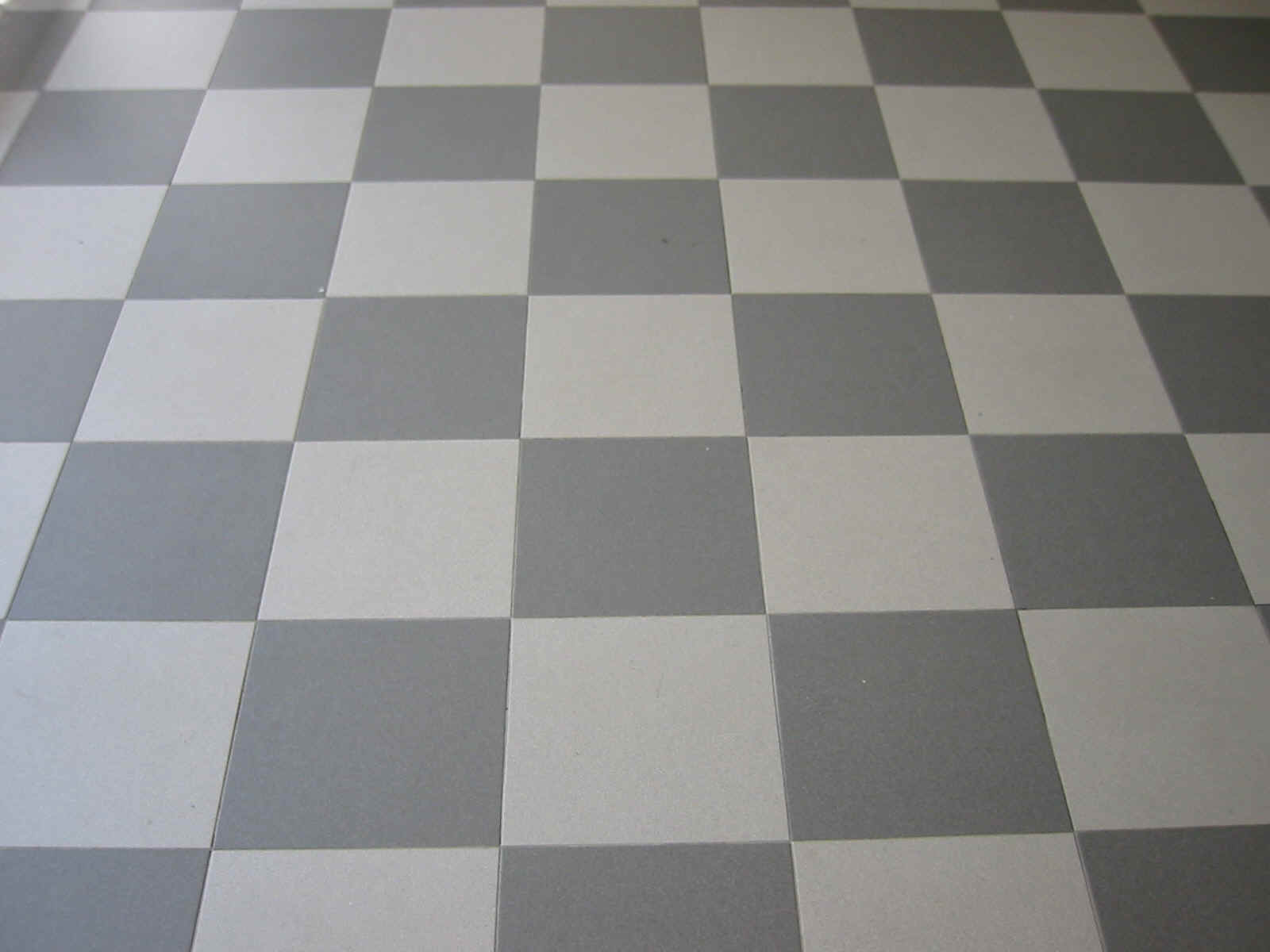
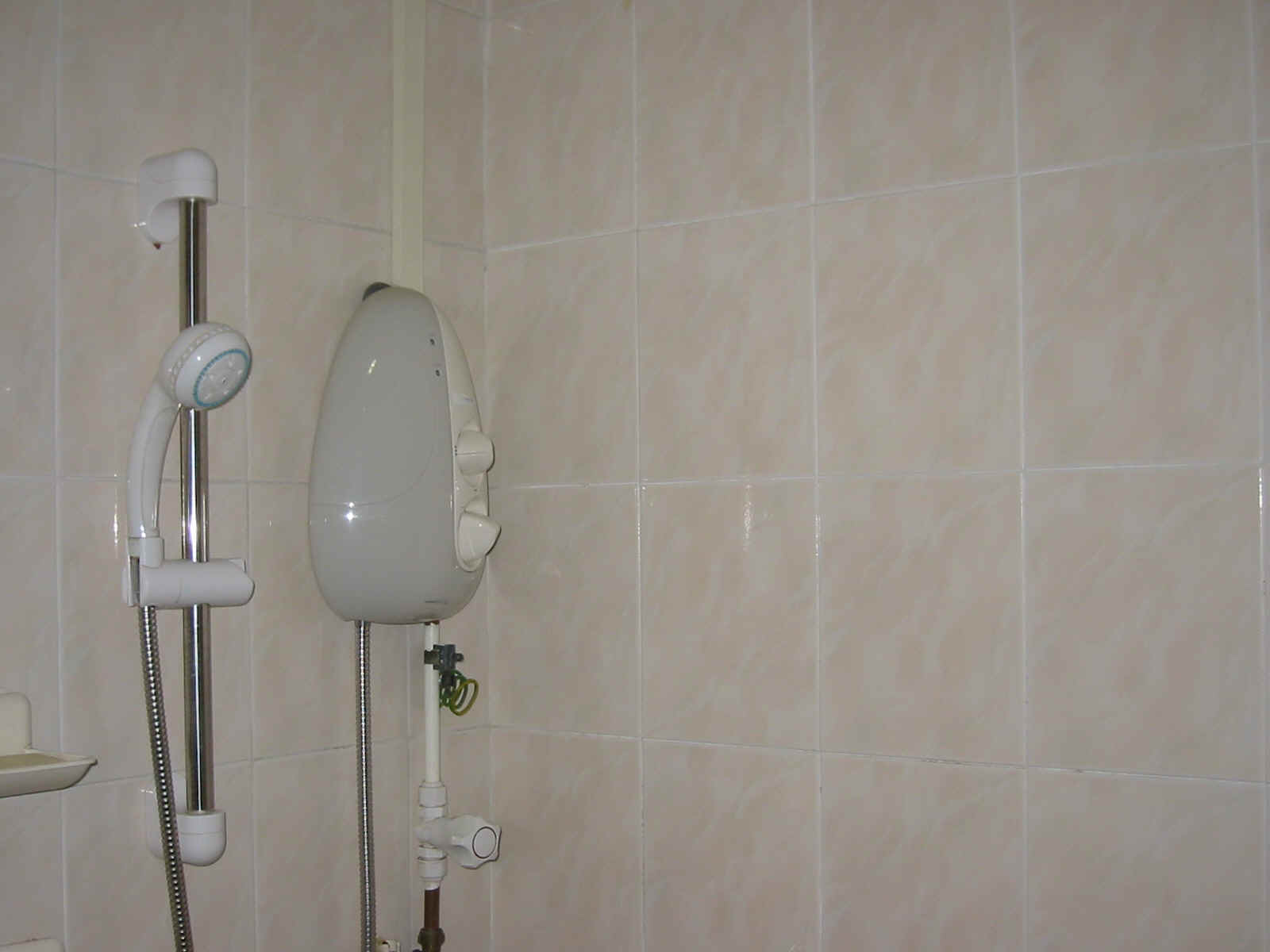
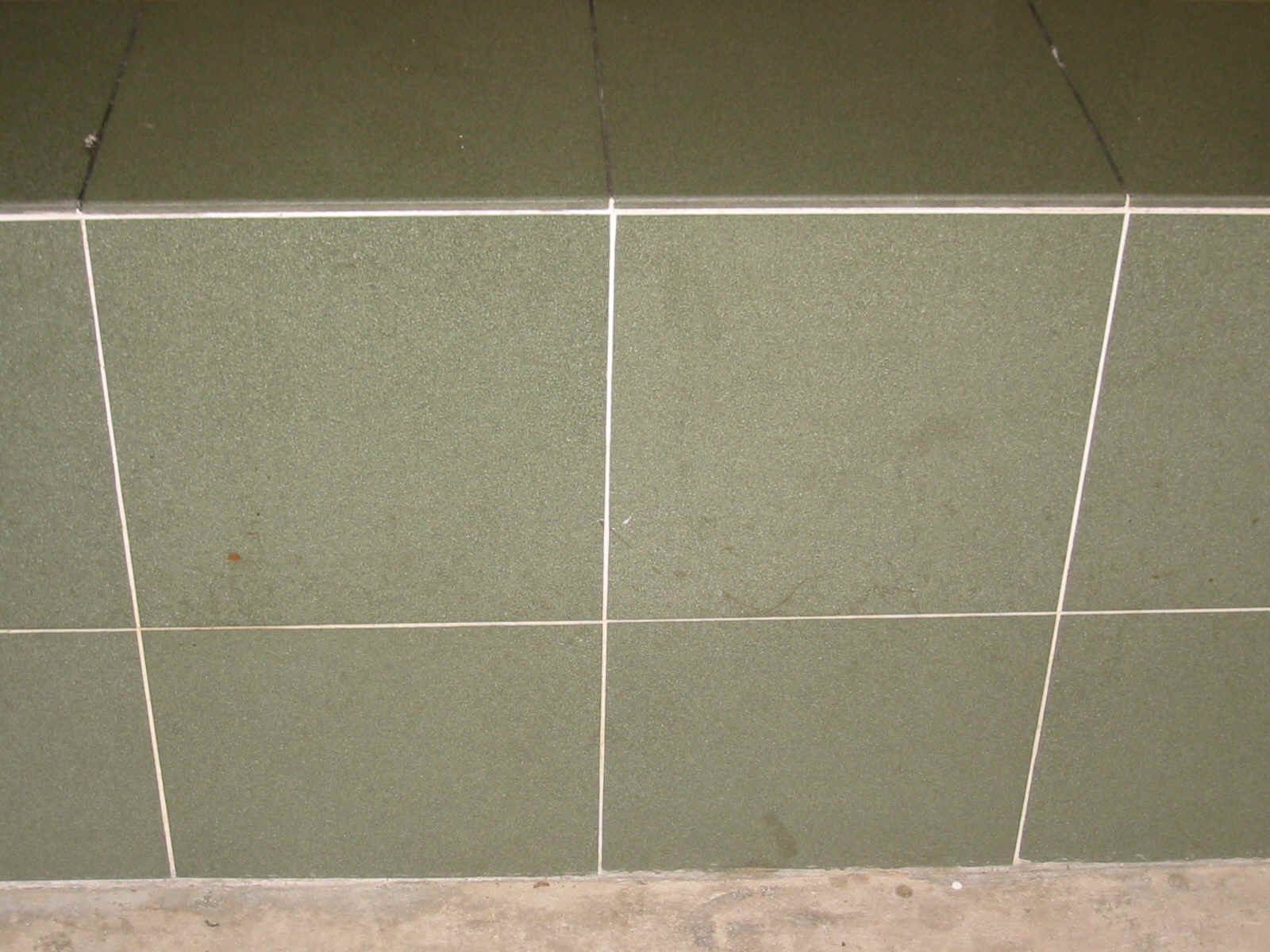
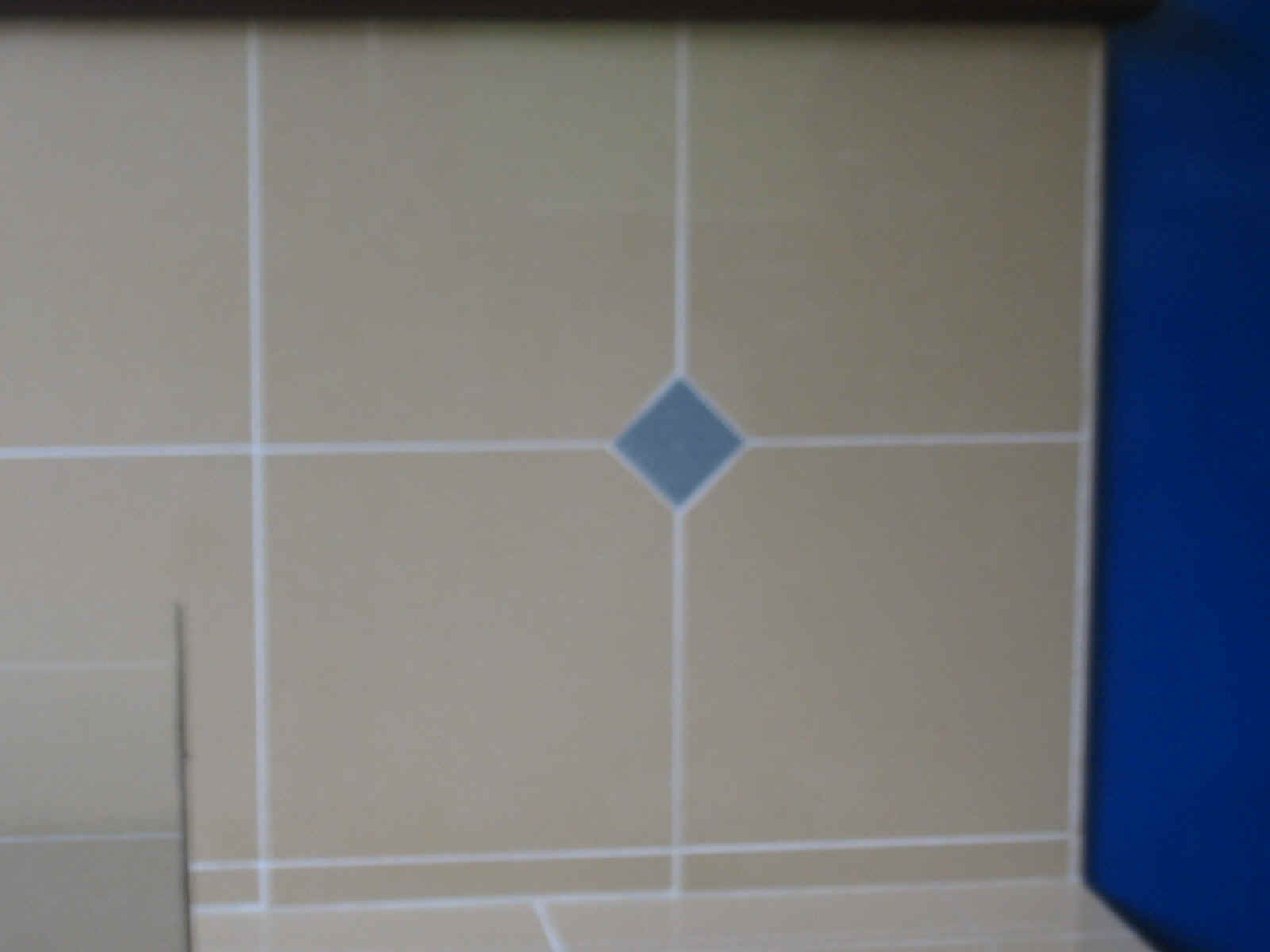
Dirt Resistance
Ceramic tiles do not retain dust or residues as these particles will not adhere to their surface. Routine maintenance, usually no more than wiping tiles with a damp sponge is all that is necessary to maintain their luster.
Fire Resistance
Ceramic tiles rank highest in studies comparing the resistance of building materials under fire. Ceramic tiles are completely fire-proof at any temperature. They will not burn or feed a fire; their surface will not give off any toxic gasses or fumes during a fire. In addition to being fire-proof, tiles have been found to provide excellent protection for structural surfaces during fire.
Hygiene
The face of ceramic tiles will not retain liquids or absorb fumes, odors or smoke. Tiles are suitable for any environment where hygiene is essential.
Electrical Conductivity
Ceramic material is electrically insulating. However, it does not substantially accumulate electrostatic charges, Consequently ‘shocks’ from electrostatic build-up are rarely experienced from a ceramic floor.
In areas where electrostatic charges can threaten personal safety or the proper functioning of delicate electronic instruments (such as hospital operating rooms or computer rooms), specially produced electro-conductive, antistatic tiles are used.
Thermal Conductivity
Ceramic tiles have a negligible thermal conductivity coefficient (0.5-0.9 Kcal/m.h. ºC), making them excellent insulators and passive solar energy collectors.
Thermal Expansion/Modulus Rupture
The coefficient of linear thermal expansion for ceramic tiles is between 4×10-6 and 10×10-6 mm/m ºC. The linear moisture expansion has a maximum allowable of 0.6 mm/m.
Modulus rupture test to ISO 10545-4:1994
Impact resistance to ISO 10545-5:1996
Herewith are properties for different types of tiles:
| Properties | Wall tiles, dust pressed | Floor tiles, extruded | |
| Modulus of rupture (N/mm²) | 27 | 20 | 20 |
| Coefficient of thermal expansion (x 10-6/K) | 9 | 4-8 | 5-13 |
| Moisture movement 0.6mm/m, for tiles 6%<E<=10% | |||
[3]
Dust pressed ceramic tiles as specified in BS 6431 Part 1 or SS 483:2000 section 3.6 and extruded ceramic tiles as specified in BS 6431: Part 6 or SS 483:2000 section 3.5.
Mechanical Strength
Usually measured by flexural breaking load, ceramic tiles generally demonstrate a breaking strength of greater than the practical requirements for most floor applications. (Not considered as a necessary measurement for wall tiles).
Weight
Weight varies as a function of type of material used. Weights range from 10-15 kg/m2 for wall tiles and 19-24 kg/m2 for floor tiles.
Coefficient of Friction
0.2-0.56
Abrasion Resistance/Slip/Water Absorption
| Location | . | Unglazed tiles Resistance to wear ** | Minimum slip resistance μ | Water Absorption (%) | |
| Floor | Bathroom | II | Medium | Wet: 0.40Dry 0.65 | <=3 |
| Public toilets | IV | Medium / Heavy | Wet: 0.40Dry 0.65 | ||
| Wall | Bathroom | NA | NA | NA | <=3 |
| Public toilets | NA | NA | NA | <=3 | |
* Classification of glazed floor tiles to their abrasion resistance (as per ISO 130006: 1998):
- Class I: Floor walked on mainly by shoes with soft soles. Resistance to surface abrasion- failure not visible at 500 times.
- Class II: Floor walked on by normal foot wares with occasional small amount of scratching dirt. Resistance to surface abrasion-failure not visible at 1000 times.
- Class III: Floor walked on by normal footwear with more often small amount of scratching dirt. Resistance to surface abrasion- failure not visible at 1500 times.
- Class IV: Floor walked on by regular traffic with some abrasive dirt. Resistance to surface abrasion failure not visible at 5000 times.
** Classification of unglazed floor tiles according to their abrasion resistance (as per Test Method D in SS 301):
- Light wear: floor walked on by normal shoes and subjected to infrequent traffic with weak abrasion. Resistance to deep abrasion- average volume of material removed not exceed 400.
- Medium wear: Floor walked on by normal shoes and subjected to frequent traffic with medium abrasion. Resistance to deep abrasion- average volume of material removed not exceed 205
- Floor subjected to heavy traffic with strong abrasion. Resistance to deep abrasion- average volume of material removed not exceed 160.
*** Water Absorption (E) measured in accordance with ISO 10545-3: 1995 or SS 483: 2000
- Tiles of low water absorption (Group I), E =< 3%, further divided as follows for dry-pressed tiles:
- Group BIa: E =< 0.5%
- Group Bib: 0.5% =< E =< 3%
- Tiles of medium water absorption (Group II), 3% < E =< 10%, further divided as follows for extruded tiles;
- Group AIIa, Part 1 and 2: 3% < E =< 6%,
- Group AIIb 6% =< E =< 10%·
- Tiles of high water absorption (Group III), E > 10%
Chemical Resistance (complies with EN 106)
Based on ISO 10545-13 classification:
Household chemical:
- Class UA: No visible effect
- Class UB: No visible effect on cut sides
- Class UC: Visible effect on cut sides; non-cut sides & non proper surface.
High concentration:
- Class UHA: No visible
- Class UHB No visible effect on cut sides
- Class UHC: Visible effect on cut sides; non-cut sides & non proper surface.